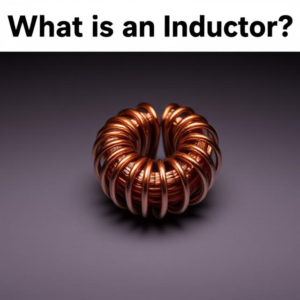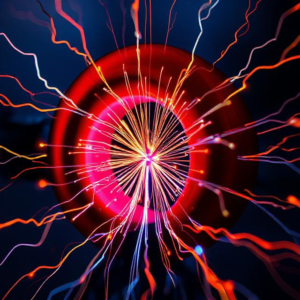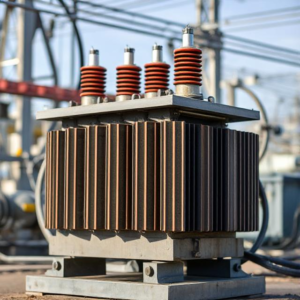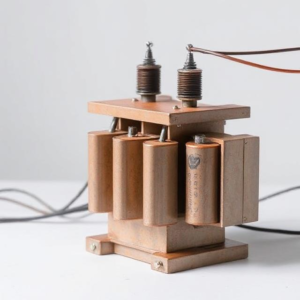What is an Inductor?
An inductor is a tiny electronic component that stores energy in the form of a magnetic field when an electrical current flows through it. It looks like a coil of wire (a spiral). Inductors are often used in circuits to influence the flow of electricity.
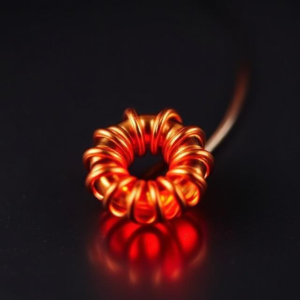
How Do Inductors Work?
When current flows through the coil of wire (the inductor), it creates a magnetic field around the coil. The strength of this magnetic field depends on the amount of current flowing. When you try to change the current quickly (like turning the power on and off), the inductor resists this change by creating a voltage that opposes it. This is known as inductive reactance.
So, inductors don’t like sudden changes in current, and they “push back” when you try to change the current too quickly.
Role of Inductors in Circuits
- Energy Storage:
- Inductors store energy in their magnetic field. When the current through an inductor increases, energy is stored in the magnetic field, and when the current decreases, this energy is released back into the circuit.
- Filtering Signals:
- Inductors can be used to block high-frequency signals (like noise) and let through lower-frequency signals. This is why you often find inductors in power supplies or radio receivers to “filter out” unwanted signals.
- Smooth Power Supply:
- In circuits like power supplies, inductors help smooth out the flow of electricity. They reduce fluctuations in the voltage (also known as “ripples”) by opposing quick changes in current.
- Inductive Reactance:
- In alternating current (AC) circuits, inductors resist changes in current flow. This makes them useful in creating filters, chokes, or impedance matching devices in AC circuits.
- Transformers:
- In transformers, inductors work together to increase or decrease voltage. A transformer has two inductors (coils of wire) wrapped around a magnetic core. When AC flows through one inductor, it creates a changing magnetic field that induces a current in the other coil, changing the voltage.
Example:
Think about an inductor as a water pipe. The water is like the electric current, and the pipe (coil) is the inductor. If you suddenly try to increase the flow of water (increase the current), the pipe resists this change. It doesn’t instantly let the water flow faster; instead, it tries to “push back” and keep the flow more steady.
In summary, inductors are essential for controlling the flow of current, storing energy, filtering signals, and making sure things like power supplies run smoothly by resisting sudden changes in current. They’re a bit like the “shock absorbers” of electrical circuits!

